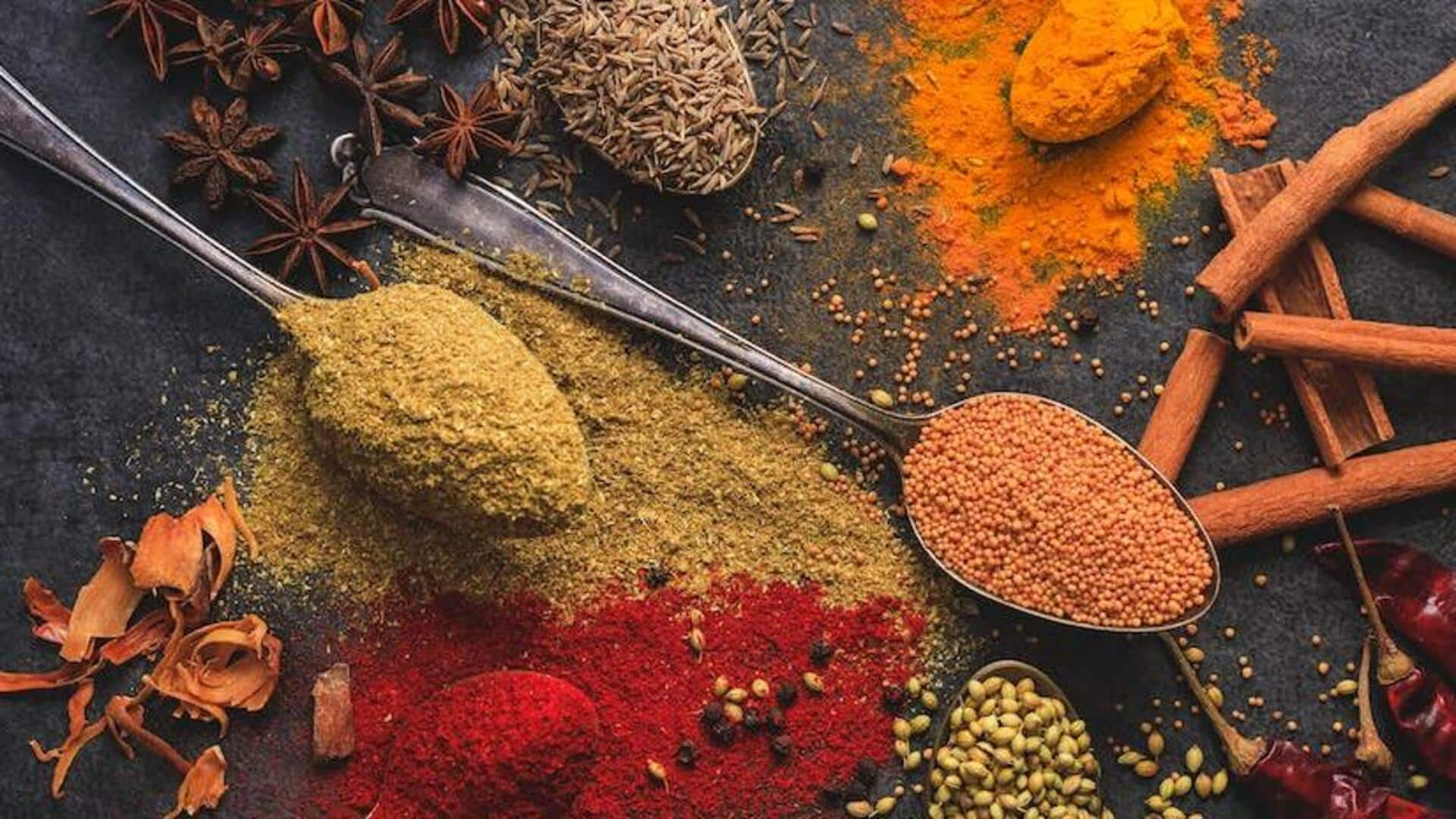
India becoming spice bowl of the world: A culinary odyssey
What's the story
India, fondly called the land of spices among many other great things, has become a "spice bowl of the world" today.
With its 'spicy' history dating back thousands of years India has been a key source of herbs and spices for numerous countries.
Let's delve deeper into it and take a delicious step back into the history of India as a spice hub.
History
Indian spices were first mentioned in 6000 BC
According to a report by Exclusivelane, Indian spices have a historical presence dating back to around 6000 BC in the Rigveda. References to these spices also appear in the Yajurveda, Samaveda, and Atharveda.
In the Vedic era, the Rigveda and Yajurveda mentioned spices like black pepper from the Malabar Coast
Furthermore, cardamom and turmeric were cultivated here as early as the 8th century.
Domination
Arabians, Chinese, British invaded India to exploit natural resources
Assyrians, Babylonians, Romans, Arabs, Chinese, British, Egyptians, and Portuguese were drawn to India's vast resources and natural treasures throughout history.
The British amassed 45 trillion in wealth during their colonial rule, which involved the exploitation of spices like cinnamon, cumin, pepper, turmeric, and coriander powder.
Portuguese explorer Vasco da Gama also took a massive haul of nutmeg, peppercorns, ginger, and cloves back to Portugal.
New
Later, Indian spices made their way to many countries
In ancient times, Greeks regularly shipped to the ports of South India to purchase a wide range of spices.
Historically, it is believed that the Parthian Wars were fought to secure and maintain open trade routes to India.
Over time, many nations embarked on culinary journeys to India, seeking to acquire various spices and other luxurious items. This practice eventually became a routine affair.
Interest
Increased interest made India the best place to buy spices
The increase in the interest of foreign countries in India and its diverse range of spices made the country a hotbed for spices.
From saffron and sage to cumin, coriander, black pepper, turmeric, and black mustard seeds, the world started exploring India's choicest of herbs and spices.
Out of 109 spices recognized by the International Organisation for Standardisation, 75 spices are from India.
Ranking
India became the largest producer, exporter, and consumer of spices
After India became the largest producer, exporter, and consumer of spices, it paved its to become a global hub.
Business Stardard published a report in 2013 informing that "Kochi in Kerala is the hub for spice trading in India" after an international organization was launched to coordinate the trade.
Today, Indian spices are widely used in almost all cuisines around the world.